
DEEP INTO THE COMMUNITY
Black Diamond Athlete Angela Hawse is a guide for change.
You're eligible for Free Shipping!
$0.00 USD

Contrary to popular belief, climbing gear does not last forever. Plastics and textiles aren't as durable as metals, and need to be inspected and possibly replaced more often. Check your cam slings, and if they look beat, send them off for replacement—preferably to the manufacturer. General guidelines for replacing slings on cams are as follows:
Of course, these are just guidelines. A brand new cam sling could get dusted after one pitch if the sling ran over a razorblade granite edge and got sawed back and forth while jugging or something. Remember it's every individual climber's responsibility to check their gear often, and when it doubt, throw it out.







The previous generation of BD Camalots had a cast stainless steel tailpiece. There was a nice big surface area with a smooth radius. The webbing went through this and was sewn in a single loop. When we redesigned the Camalots in 2004 we wanted to make them lighter and also allow more surgically precise when placing. Hence was born the current thumb loop. One of the challenges came when adding the sling to the mix. The deformation of the thumb loop under load is significant. I dug up the following photos from when we were developing the new Camalots.

Camalot thumb loop under load.]
Just sewing a loop of 11/16" SuperTape (as was used before) didn't get us to where we wanted to be strength-wise. Why? Because when the Camalot was loaded during testing, the cable pinches down, and ultimately cut the webbing at loads less than we were happy with (gunnin' for 14 kN but only getting about 10 kN). Same with similar-width Spectra.

[During ultimate testing, the cable pinches and cuts a single layer of webbing (Spectra in this case).]
We also noticed that during drop testing, the cabled thumb loop would get tweaked under standard Indian Creek whipper-type loads. And no one wants to throw down significant dough on a brand new cam only to have the thumb loop formed into a "V" after just a few lobbers.
So we determined that having the double layer of webbing was substantial enough to get us the strength we were after, didn't cut the webbing and produced less tweakability (engineering term) of the thumb loop.

[A double layer Camalot sling doesn't cut under ultimate strength testing.]
And for those wondering, yes, we also experimented with the extendable sling design and found that when the sling is extended the cams not only failed at lower loads, but the thumb loop was damaged more easily.

[Tweaked vs. non-tweaked thumb loop after similar falls (loads).]Basically, in all cases the perceived benefits were outweighed by our strength and durability requirements, therefore we went with the sling configuration you see on the current Black Diamond Camalot line.



Follow BD Athlete Yannick Glatthard deep into the Swiss Alps as he shares his home...
Follow BD Athlete Yannick Glatthard deep into the Swiss Alps as he shares his home mountains with close friends.

Follow Dorian Densmore and Mya Akins for another winter season of steep Alaskan spines, backyard...
Follow Dorian Densmore and Mya Akins for another winter season of steep Alaskan spines, backyard couloirs, and deep adventures in the mountains.
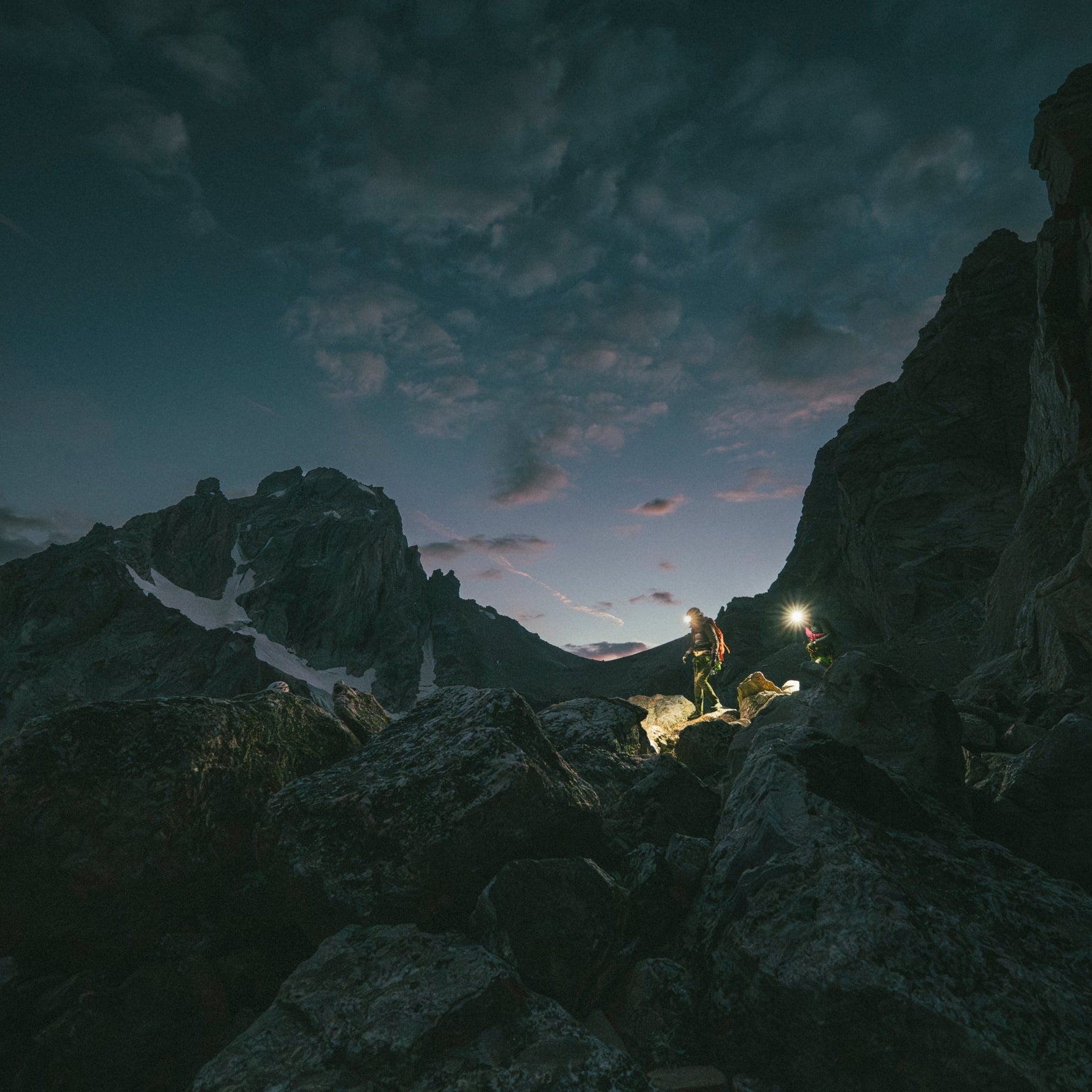

Watch BD Athlete Alex Honnold throw down on some hard trad high above Tahoe.
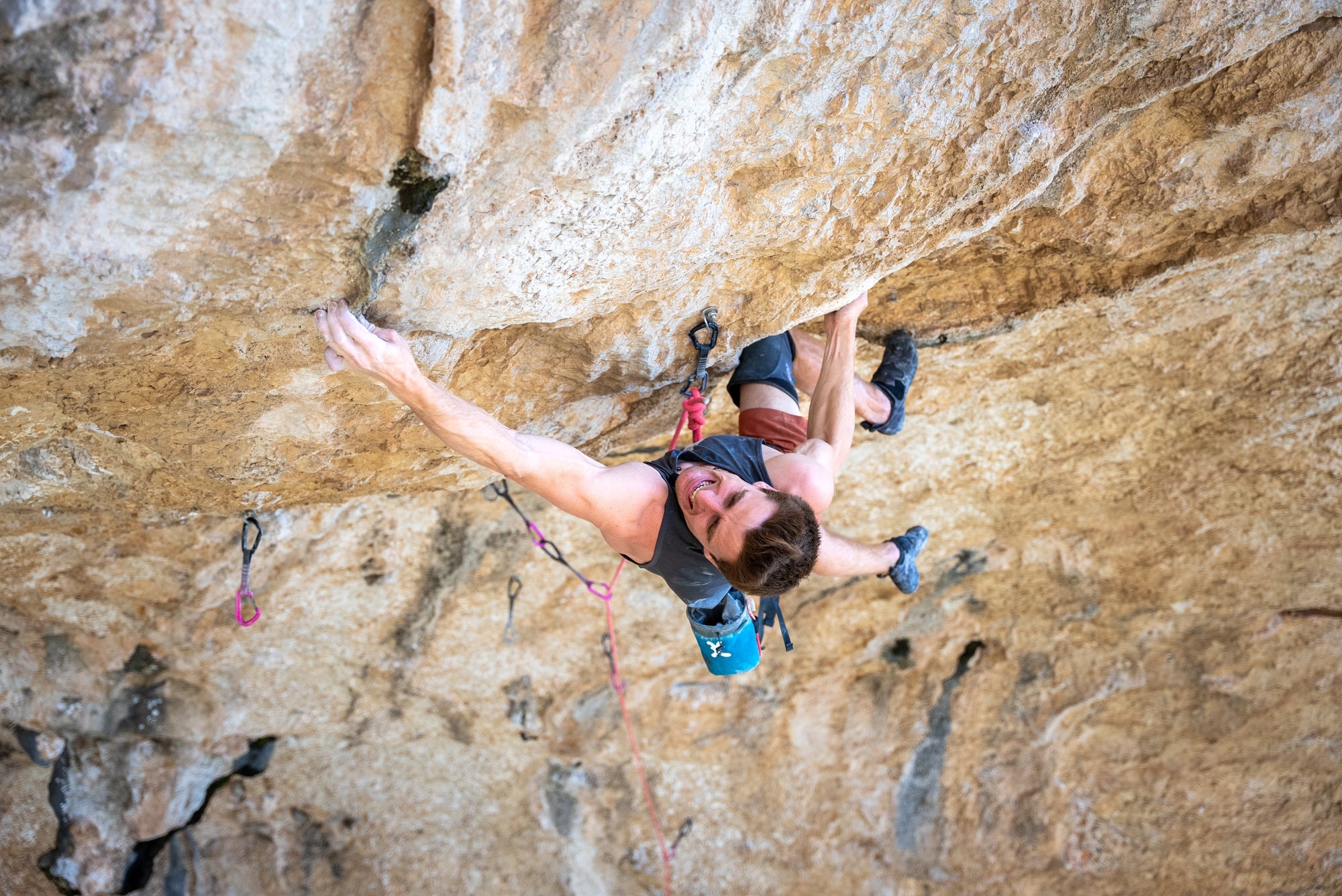

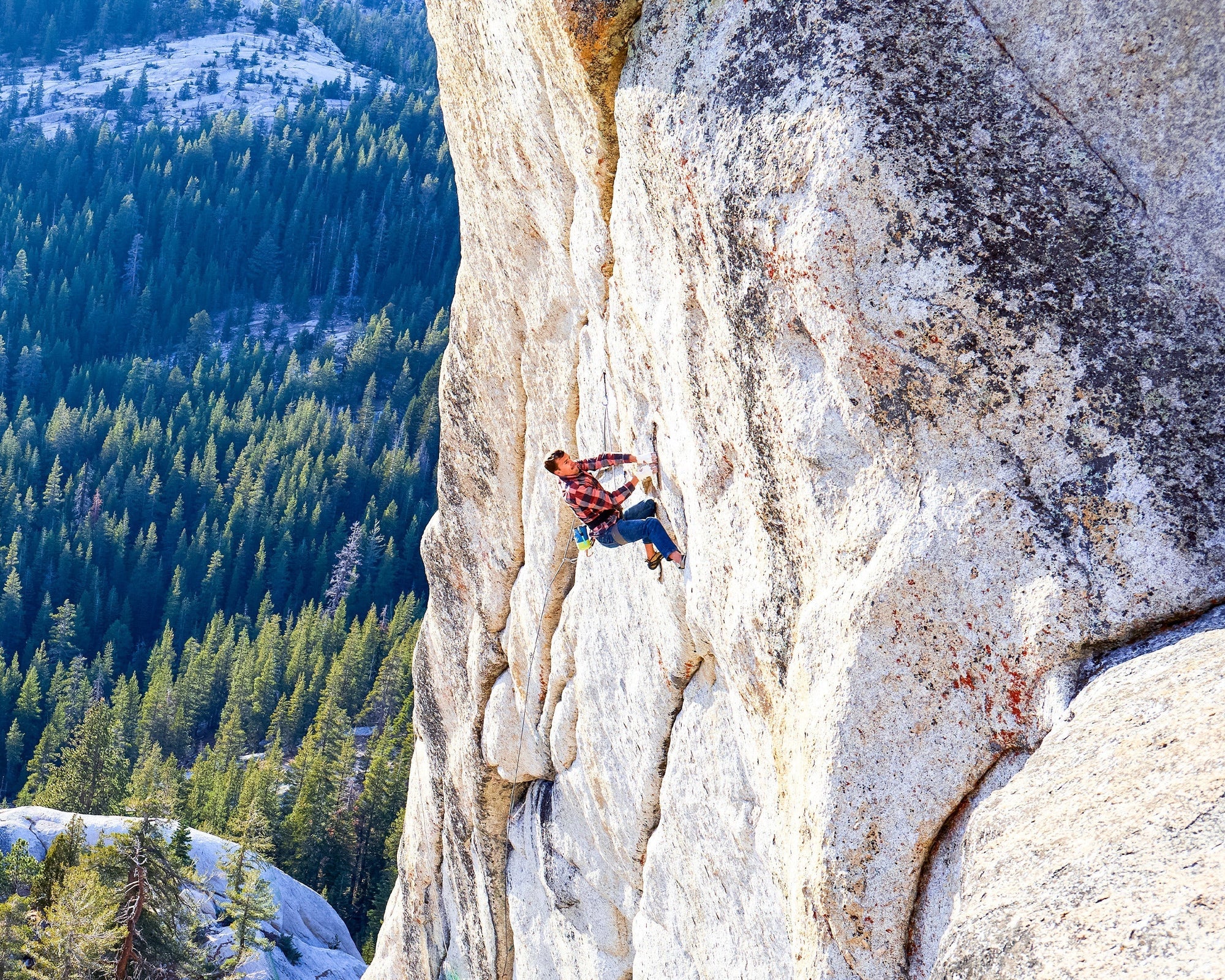
In 2012, filmmaker and photographer Ben Ditto, and professional climber Mason Earle equipped an immaculate...
In 2012, filmmaker and photographer Ben Ditto, and professional climber Mason Earle equipped an immaculate line in Tuolumne’s high country. But their attempts to free the route were thwarted when Mason’s life changed drastically. With the help of Connor Herson, Ditto and Mason found a way to keep the dream alive.
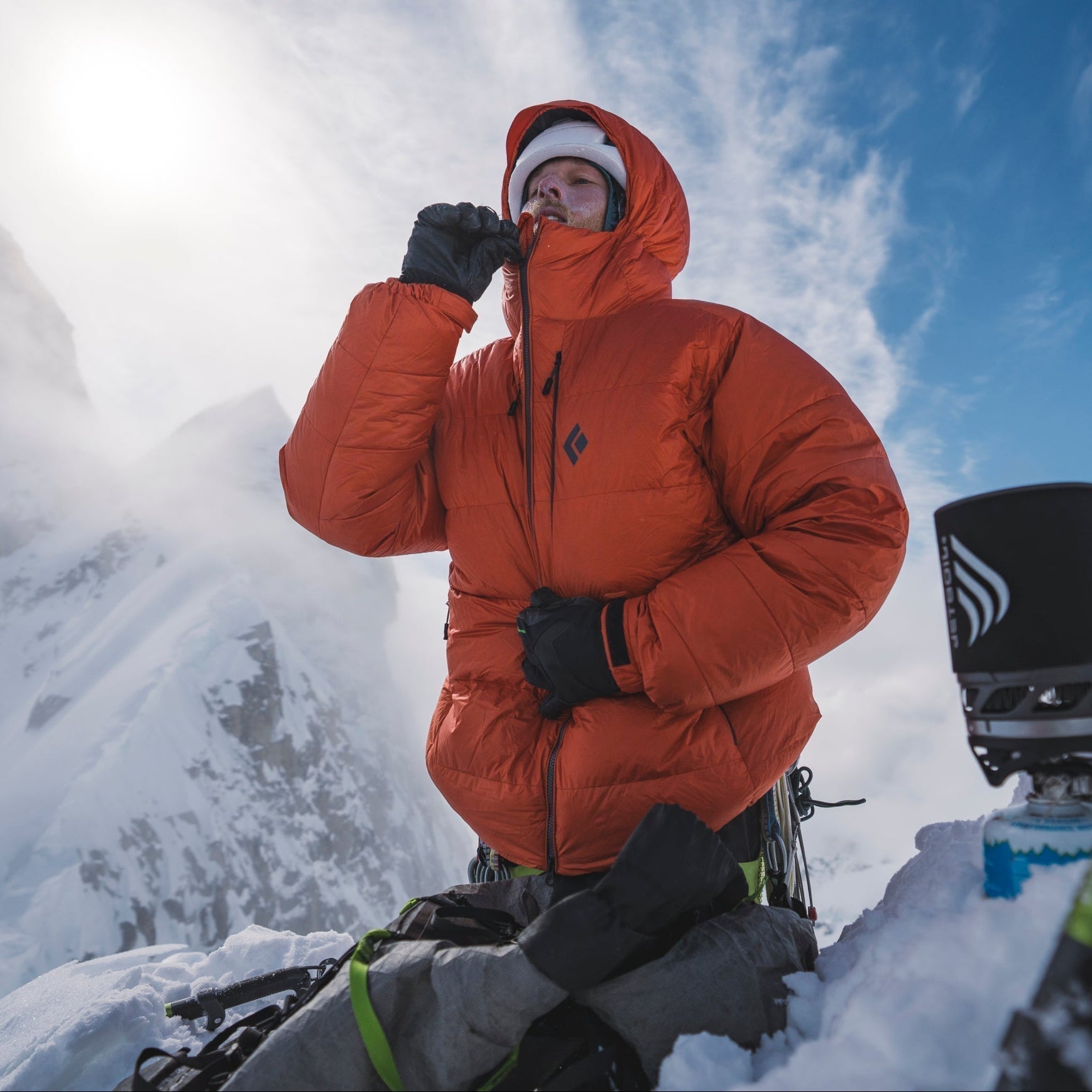
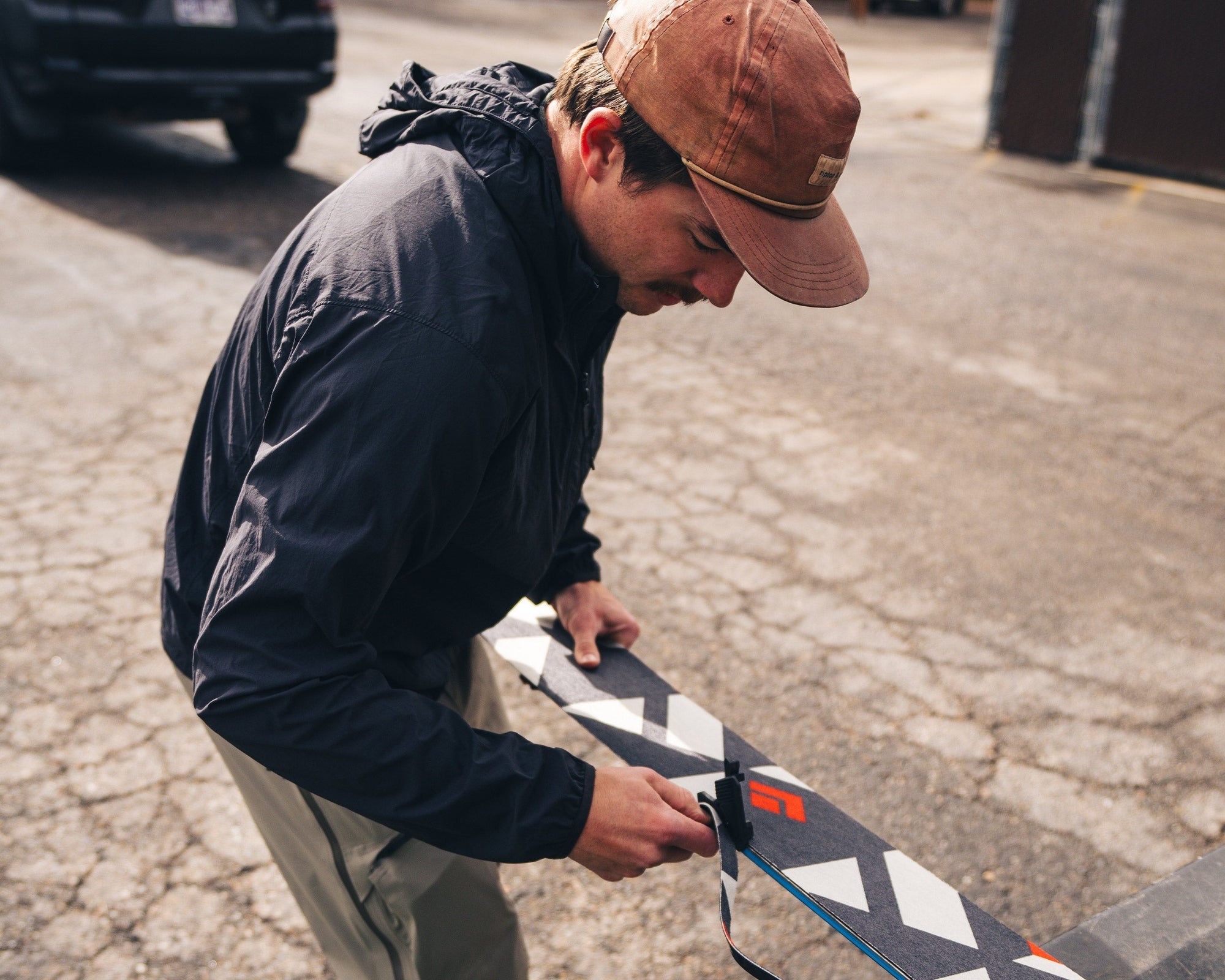
Watch and learn as our Field Test Coordinator runs you through a step by step...
Watch and learn as our Field Test Coordinator runs you through a step by step process of trimming and setting up any STS-style Black Diamond skin.


Every climber has a few lines they dream about. Whether inspired or haunted—or sometimes both—these...
Every climber has a few lines they dream about. Whether inspired or haunted—or sometimes both—these lines can push us beyond what we thought we were capable of, in turn teaching us who we really are. BD Ambassador Ethan Salvo recently restructured his entire life to focus on two climbs that pulled him into the void with only one way out … getting to the top. This is his story of sending Dreamcatcher and becoming the first Canadian to climb V16 in the same week.
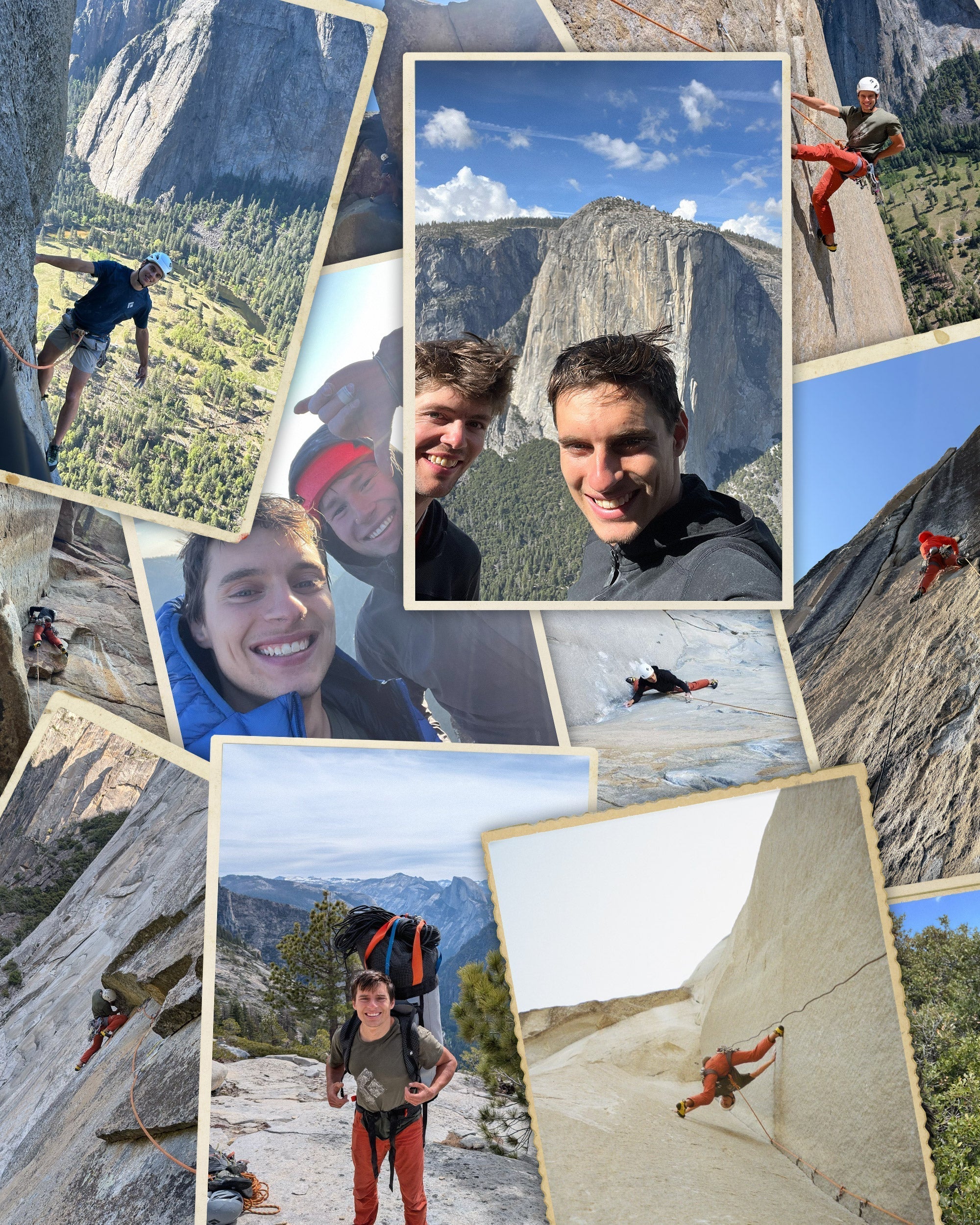
BD Athlete Connor Herson spent as many weekends as possible in the Valley this spring...
BD Athlete Connor Herson spent as many weekends as possible in the Valley this spring during a grueling quarter at Stanford. The objective? Ground up, in-a-day ascents.
